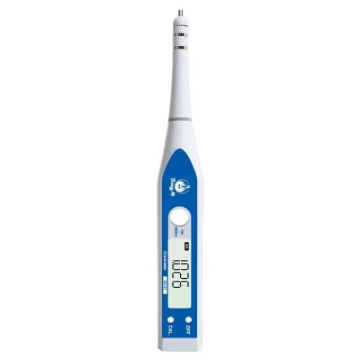Salinometers
Digital Salinometer for Food Processing
Digital Salinometer for Sea Water, Fish Tank
A salinometer is an instrument used to rapidly determine the weight percent concentration or refractive index of solutions containing salt (sodium chloride), usually consisting of a sensor, a measuring circuit, and a data processing unit. Salinometers are widely used in industrial sectors such as salt, food, and beverage production, as well as in agricultural production and scientific research.
What does salinometer measure?
In simple terms, it can measure the amount of salt in water. It is commonly used in:
- Oceanography (measuring seawater salinity)
- Aquaculture (monitoring water quality)
- Food industry (e.g., soy sauce, brine concentration testing)
- Laboratory analysis, etc.
How does a salinometer measure salinity?
A salinity meter uses the conductivity of salt solutions to measure salinity. When salt (such as sodium chloride) dissolves in water, it ionizes into positive and negative ions (Na⁺ and Cl⁻). These ions conduct electricity, therefore the conductivity of the solution increases with increasing salt concentration. The salinity meter measures the conductivity and then converts it into a salinity value using a built-in calibration curve or calculation formula.
Measurement Process
- Place the electrode probe of the salinity meter into the water sample.
- Apply a weak current to the water sample.
- Measure the conductivity of the current in the water.
- After temperature compensation and conversion formula, the instrument displays the salinity value (commonly measured in PSU or ppt).
- Temperature Compensation.
- Conductivity changes with temperature.
Therefore, modern salinity meters are equipped with temperature sensors that automatically perform temperature compensation to ensure accurate measurement results.



